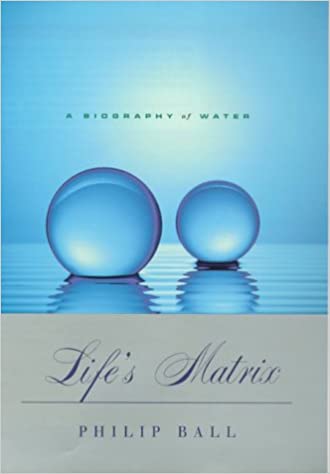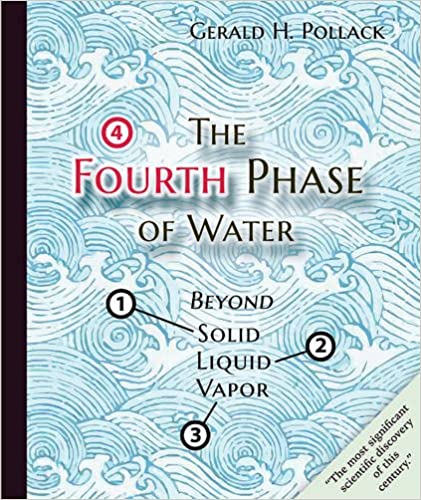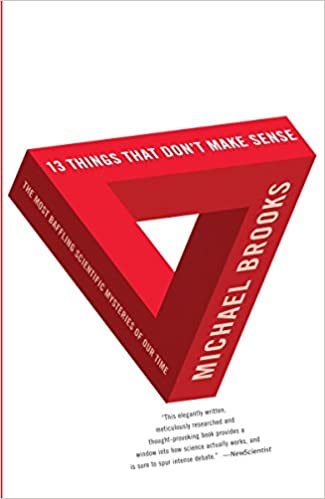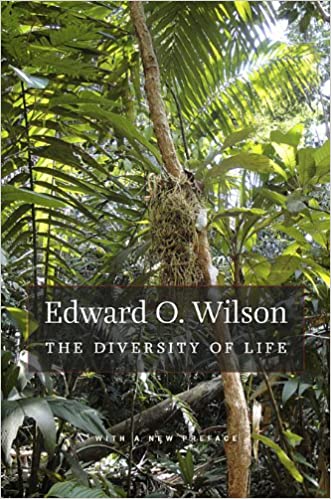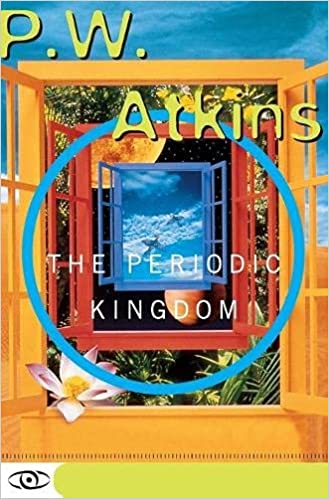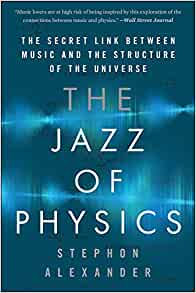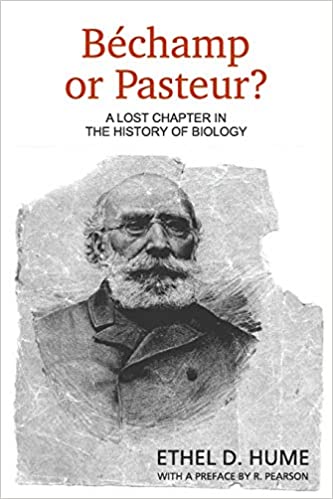The Immortal Life of Henrietta Lacks
Her name was Henrietta Lacks, but scientists know her as HeLa. She was a poor Southern tobacco farmer who worked the same land as her slave ancestors, yet her cells—taken without her knowledge—became one of the most important tools in medicine: The first “immortal” human cells grown in culture, which are still alive today, though she has been dead for more than sixty years. HeLa cells were vital for developing the polio vaccine; uncovered secrets of cancer, viruses, and the atom bomb’s effects; helped lead to important advances like in vitro fertilization, cloning, and gene mapping; and have been bought and sold by the billions.
Yet Henrietta Lacks remains virtually unknown, buried in an unmarked grave.
Henrietta’s family did not learn of her “immortality” until more than twenty years after her death, when scientists investigating HeLa began using her husband and children in research without informed consent. And though the cells had launched a multimillion-dollar industry that sells human biological materials, her family never saw any of the profits. As Rebecca Skloot so brilliantly shows, the story of the Lacks family—past and present—is inextricably connected to the dark history of experimentation on African Americans, the birth of bioethics, and the legal battles over whether we control the stuff we are made of.
Over the decade it took to uncover this story, Rebecca became enmeshed in the lives of the Lacks family—especially Henrietta’s daughter Deborah. Deborah was consumed with questions: Had scientists cloned her mother? Had they killed her to harvest her cells? And if her mother was so important to medicine, why couldn’t her children afford health insurance?
Intimate in feeling, astonishing in scope, and impossible to put down, The Immortal Life of Henrietta Lacks captures the beauty and drama of scientific discovery, as well as its human consequences.
More info →Life’s Matrix: A Biography of Water
Tells of water's origins, history, and fascinating pervasiveness, including, for example, fourteen forms of ice, and provides a provocative exploration of the possibility of water on other planets, which highlights the possibility of life beyond Earth.
More info →The Fourth Phase of Water
Professor Pollack takes us on a fantastic voyage through water, showing us a hidden universe teeming with physical activity that provides answers so simple that any curious person can understand. In conversational prose, Pollack lays a simple foundation for understanding how changes in water's structure underlie most energetic transitions of form and motion on earth.
More info →13 Things That Don’t Make Sense
Spanning disciplines from biology to cosmology, chemistry to psychology to physics, Michael Brooks thrillingly captures the excitement of scientific discovery.Science’s best-kept secret is this: even today, thereare experimental results that the most brilliant scientists cannot explain. In the past, similar “anomalies” have revolutionized our world. If history is any precedent, we should look to today’s inexplicable results to forecast the future of science. Michael Brooks heads to the scientific frontier to confront thirteen modern-day anomalies and what they might reveal about tomorrow’s breakthroughs.
More info →The Diversity of Life
“In the Amazon Basin the greatest violence sometimes begins as a flicker of light beyond the horizon. There in the perfect bowl of the night sky, untouched by light from any human source, a thunderstorm sends its premonitory signal and begins a slow journey to the observer, who thinks: the world is about to change.” Watching from the edge of the Brazilian rain forest, witness to the sort of violence nature visits upon its creatures, Edward O. Wilson reflects on the crucible of evolution, and so begins his remarkable account of how the living world became diverse and how humans are destroying that diversity.
Wilson, internationally regarded as the dean of biodiversity studies, conducts us on a tour through time, traces the processes that create new species in bursts of adaptive radiation, and points out the cataclysmic events that have disrupted evolution and diminished global diversity over the past 600 million years. The five enormous natural blows to the planet (such as meteorite strikes and climatic changes) required 10 to 100 million years of evolutionary repair. The sixth great spasm of extinction on earth―caused this time entirely by humans―may be the one that breaks the crucible of life. Wilson identifies this crisis in countless ecosystems around the globe: coral reefs, grasslands, rain forests, and other natural habitats. Drawing on a variety of examples such as the decline of bird populations in the United States, the extinction of many species of freshwater fish in Africa and Asia, and the rapid disappearance of flora and fauna as the rain forests are cut down, he poignantly describes the death throes of the living world’s diversity―projected to decline as much as 20 percent by the year 2020.
All evidence marshaled here resonates through Wilson’s tightly reasoned call for a spirit of stewardship over the world’s biological wealth. He makes a plea for specific actions that will enhance rather than diminish not just diversity but the quality of life on earth. Cutting through the tangle of environmental issues that often obscure the real concern, Wilson maintains that the era of confrontation between forces for the preservation of nature and those for economic development is over; he convincingly drives home the point that both aims can, and must, be integrated. Unparalleled in its range and depth, Wilson’s masterwork is essential reading for those who care about preserving the world biological variety and ensuring our planet’s health.
More info →The Periodic Kingdom
Come on a journey into the heart of matter -- and enjoy the process! -- as a brilliant scientist and entertaining tour guide takes you on a fascinating voyage through the Periodic Kingdom, the world of the elements. The periodic table, your map for this trip, is the most important concept in chemistry. It hangs in classrooms and labs throughout the world, providing support for students, suggesting new avenues of research for professionals, succinctly organizing the whole of chemistry. The one hundred or so elements listed in the table make up everything in the universe, from microscopic organisms to distant planets. Just how does the periodic table help us make sense of the world around us? Using vivid imagery, ingenious analogies, and liberal doses of humor P. W. Atkins answers this question. He shows us that the Periodic Kingdom is a systematic place. Detailing the geography, history and governing institutions of this imaginary landscape, he demonstrates how physical similarities can point to deeper affinities, and how the location of an element can be used to predict its properties. Here's an opportunity to discover a rich kingdom of the imagination kingdom of which our own world is a manifestation.
More info →The Jazz of Physics: The Secret Link Between Music and the Structure of the Universe
More than 50 years ago, John Coltrane drew the 12 musical notes in a circle and connected them with straight lines, forming a five-pointed star. Inspired by Einstein, Coltrane had put physics and geometry at the core of his music. Physicist and jazz musician Stephon Alexander returns the favor, using jazz to answer physics' most vexing questions about the past and future of the universe.
Following the great minds that first drew the links between music and physics - a list including Pythagoras, Kepler, Newton, Einstein, and Rakim - The Jazz of Physics revisits the ancient realm where music, physics, and the cosmos were one. This cosmological journey accompanies Alexander's own tale of struggling to reconcile his passion for music and physics, from taking music lessons as a boy in the Bronx to studying theoretical physics at Imperial College, London's inner sanctum of string theory. Playing the saxophone and improvising with equations, Alexander uncovered the connection between the fundamental waves that make up sound and the fundamental waves that make up everything else. As he reveals, the ancient poetic idea of the "music of the spheres", taken seriously, clarifies confounding issues in physics.
Whether you are more familiar with Brian Greene or Brian Eno, John Coltrane or John Wheeler, the Five Percent Nation or why the universe is less than 5 percent visible, there is a new discovery every minute. Covering the entire history of the universe from its birth to its fate, its structure on the smallest and largest scales, The Jazz of Physics will fascinate and inspire anyone interested in the mysteries of our universe, music, and life itself.
More info →Béchamp or Pasteur?: A Lost Chapter in the History of Biology
R. Pearson's Pasteur, Plagiarist, Imposter, originally published in 1942, serves as the introduction. It details some of the reasons for the rancorous relationship between Louis Pasteur and Antoine Béchamp. Pearson points out many of the problems in Pasteur's work, and provides details, statistics and evidence to support his case. Some of the frauds which were eventually admitted by the Pasteur Institute are mentioned here.
Ethel Hume's Béchamp or Pasteur?, originally published in 1923, is the larger work, and provides the main body of evidence, in three parts:
1. The Mystery of Fermentation
2. The Microzymas
3. The Cult of the Microbe
This book is a compelling and thorough account of Pasteur's plagiarism and scientific fraud. It contains the evidence of the false grounds on which the germ theory of disease was elevated to its current status as a dogma, and beyond question. In this forgotten chapter of the history of biology and medicine, we are shown how powerful interests and agendas have prevailed over genuine science. Here are strong reminders of the powers which control the pharmaceutical and regulatory industries to this day.
More info →

